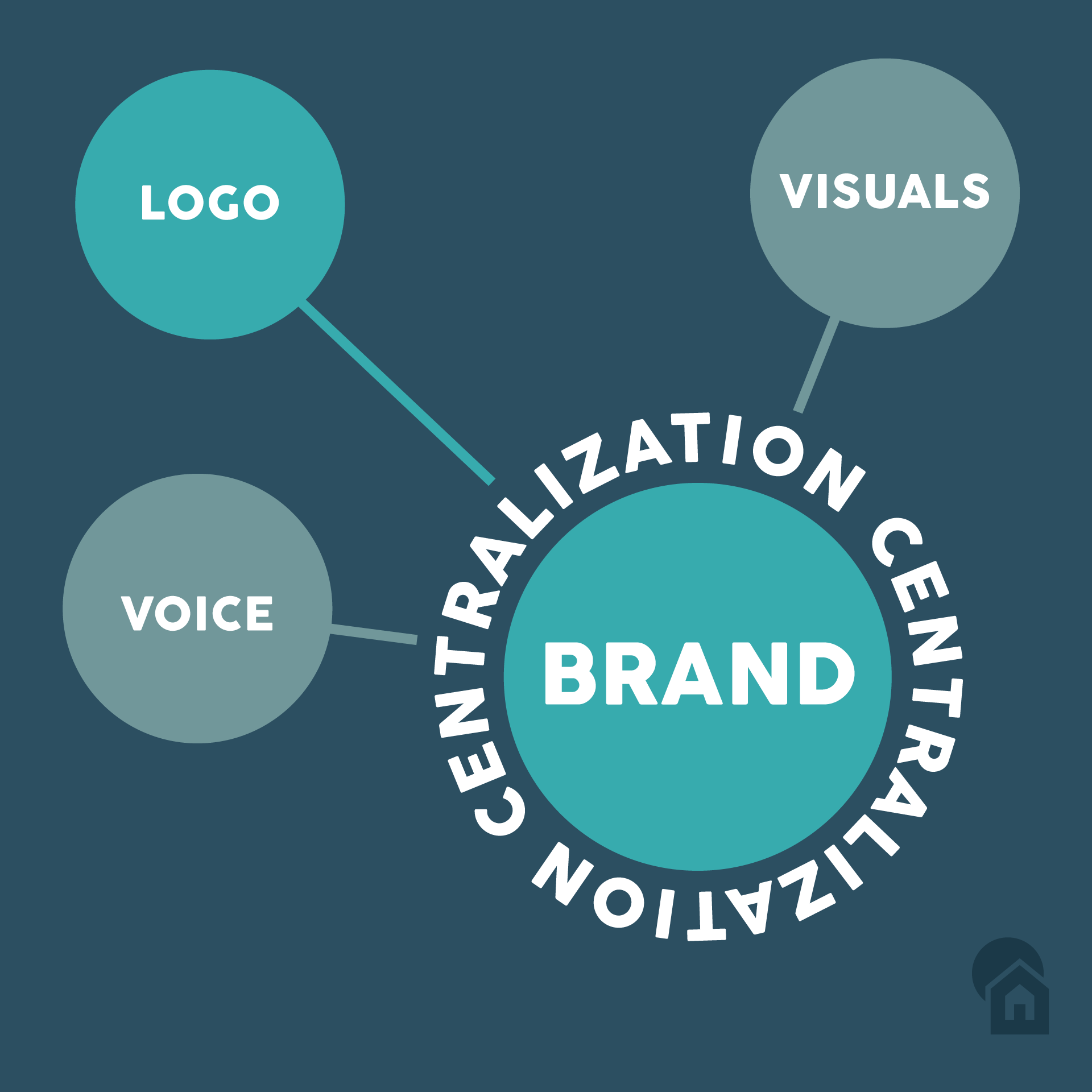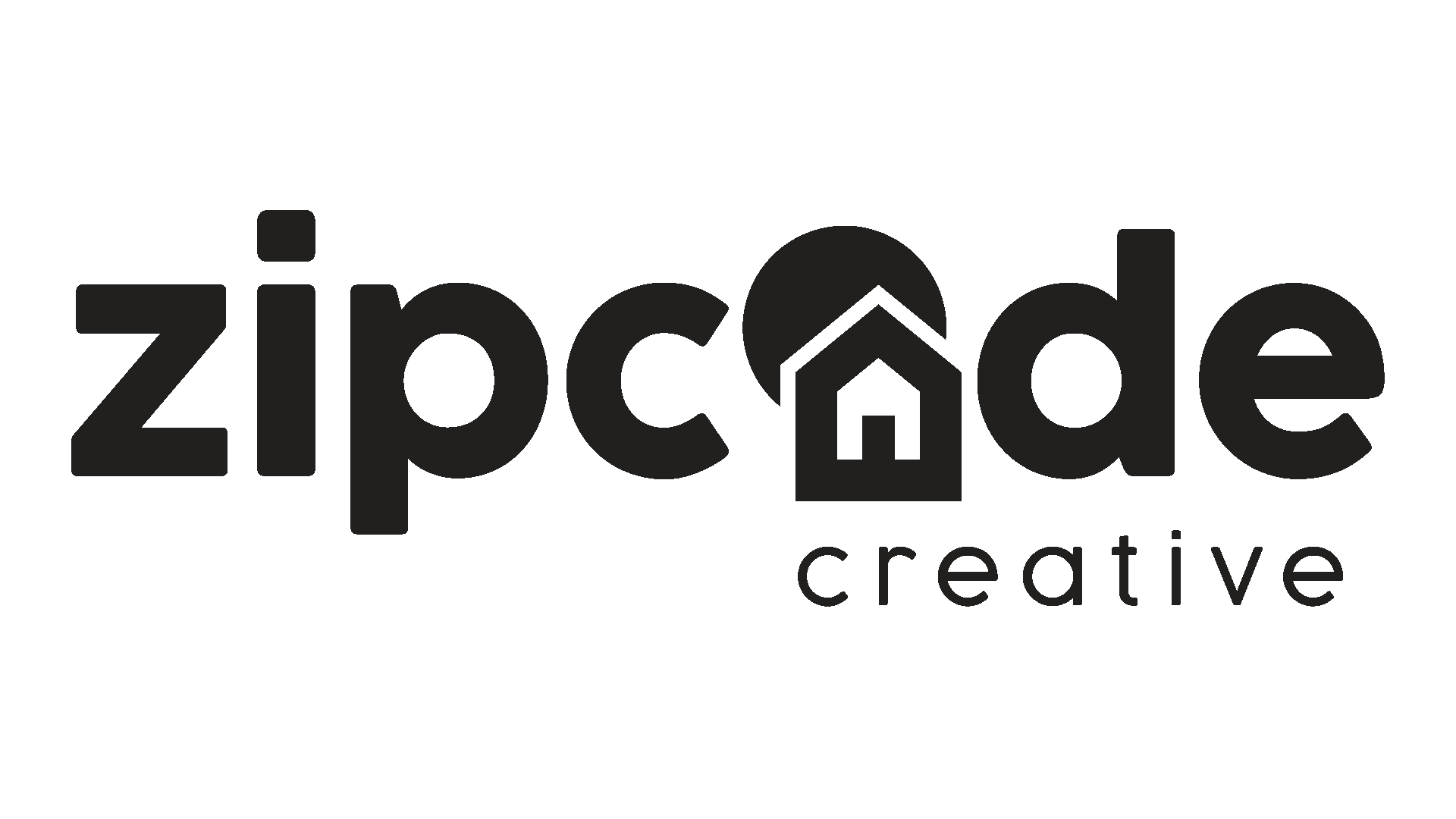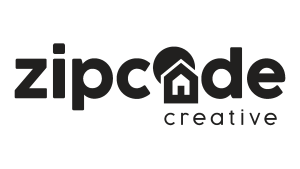
Brand Centralization for Consistency and Recognition
Stacey Feeney
Multifamily operations have been headed toward centralization for a while now, if they’re not already there. Centralization is a way to improve efficiencies and streamline operations. While not every definition of centralization in multifamily is the same, think of it this way: Centralization generally places what is scattered in operations and puts it in one location. Sometimes it’s data. Sometimes it’s minimizing on-site staff and keeping customer service, including maintenance, in one place for multiple properties. (We can talk pros and cons another time.)
Whichever way the cookie crumbles for centralization, branding shouldn’t be left to chance. With brand centralization, you’ll help improve the consistency you’re aiming for when you centralized your staff and data. You’ll also gain brand recognition by keeping your branding streamlined and consistent.
Benefits of Brand Centralization
EFFICIENCY AND COST-EFFECTIVENESS
Have you ever opened up a Word doc, worked on a piece for a while, and then your computer crashed? Maybe your computer saved it, maybe not. You’ll probably have to start over.
If you don’t have a consistent brand centralization plan for your properties, chances are you’re starting from scratch if you add a new asset. It shouldn’t be that way. It should be easy, and clear as a bell what your next step should be if you need to create a brochure for the latest addition. That’s efficiency. And by saving time, and not starting from scratch, you’re using fewer man hours. That’s cost-effectiveness.
BRAND RECOGNITION
A consistent brand presence can create buzz. It can improve brand recognition. It can help set you apart from the competition. When there are a lot of multifamily communities to compete with, making sure that you’re set apart can help put you way ahead.
OVERCOMING CHALLENGES
Not everyone on your team may be gung-ho about the changes you’re making to get your brand on track. Your leasing teams or if you still have on-site staff may think it takes too much time. Ensure that you quash this resistance by giving sufficient training and help them understand the why behind your branding consistency.
Basically: consistency through branding centralization means better outcomes for your business.
Strategic Branding
WHY IT’S ESSENTIAL
Having a brand strategy can help everything fall into place a little easier. You’ll get consistency, clarity, and a streamlined way to bring your idea to your residents and deliver what you portray. Being thoughtful and thorough from the start can help you settle into your branding more quickly, and gain brand recognition more quickly, as well.
VALUE OF IN-DEPTH BRAND DEVELOPMENT
If you have multiple locations, and you’re working towards consistency and efficiency, centralizing your brand along with it will require comprehensive brand development. This means your name, your logo, your visual identity and your brand voice are all outlined and complete with clear examples. Using your branding guidelines to connect with your residents and prospects is getting to their hearts, going for human-level interaction, which is something your brand might have lost in the centralization process.
Note: If you have portfolio-level branded communities, think of how you can best keep the brands in one family, under one large branding scheme. Ensure they work together.
Steps for Brand Centralization
How do you centralize your brand? Centralizing your multifamily marketing, staff, and data was tricky enough—but how do you get your brand to be consistent across every channel? Three (relatively) simple steps:
STEP 1: COLLECT AND ORGANIZE BRAND ASSETS
There are a lot of pieces to your brand. Take your brand guidelines and assets and make them available to those who need them. Place them in shared folders, and ensure the creative agency you’re working for has supplied every asset that you’ll need. This includes:
- Brand visual guidelines and examples
- Brand voice guidelines and examples
- Logo files
- Font files
- Color palette (with codes!)
- Stock Images
- Design Elements (like patterns or textures)
- Professional Photography
- Floor Plans
- Sitemap
STEP 2: DESIGNATE A BRAND AMBASSADOR
A brand ambassador is someone who oversees full brand implementation. Generally, a marketing manager should have this duty. They’ll need to police it, and make sure the branding is consistent. That way, anytime an item (like a giveaway or a set of envelopes) is ordered, they can ensure it has the right colors, the right logo, and follows the guidelines that have been carefully crafted, and must be protected. In order to more easily maintain branding consistency, it’s worth training teams to understand what is the brand (and what isn’t). Anytime you can get more employees in the know about your branding identity, the easier it will be to keep it consistent.
STEP 3: GIVE YOUR TEAM THE TOOLS
Once your team has been trained in understanding the brand guidelines, give them the tools for branding centralization. Think about using Canva’s Brand Kit and getting starter templates made so you can guide your team members who may not be designers. Even at the property level, it’s vital to keep your brand cohesive.
Brand Consistency Everywhere
Sometimes you may have a little less control over your branding in the process of managing your properties. In the case of using external partners, share crystal-clear guidelines.
EXTERNAL PARTNERS
It’s likely that at some point, you’ll be dealing with third parties using your brand. This could include ordering swag or promotional items from printers. It could be the local city council. It could be a local partnership with a non-profit or coffee shop nearby. It might be with event planners, too. Each of these external partners should have a version of the logo that will work, and should have access to how to use it. More importantly, these third parties should understand how your brand must look (the brand style) when all the elements are brought together.
PROVIDE CLEAR GUIDELINES
Give these external partners the information they’ll need to know exactly how much space to leave around your logo. Provide your brand guidelines in full. However, even with full brand guidelines, they may still have questions. At that point, it’s really helpful to have your brand ambassador be the point of contact for any brand-related inquiries.


